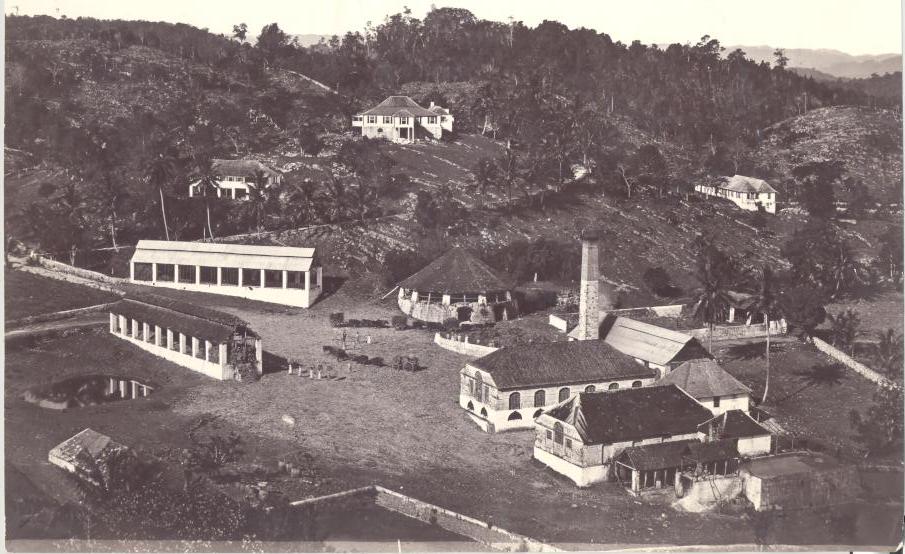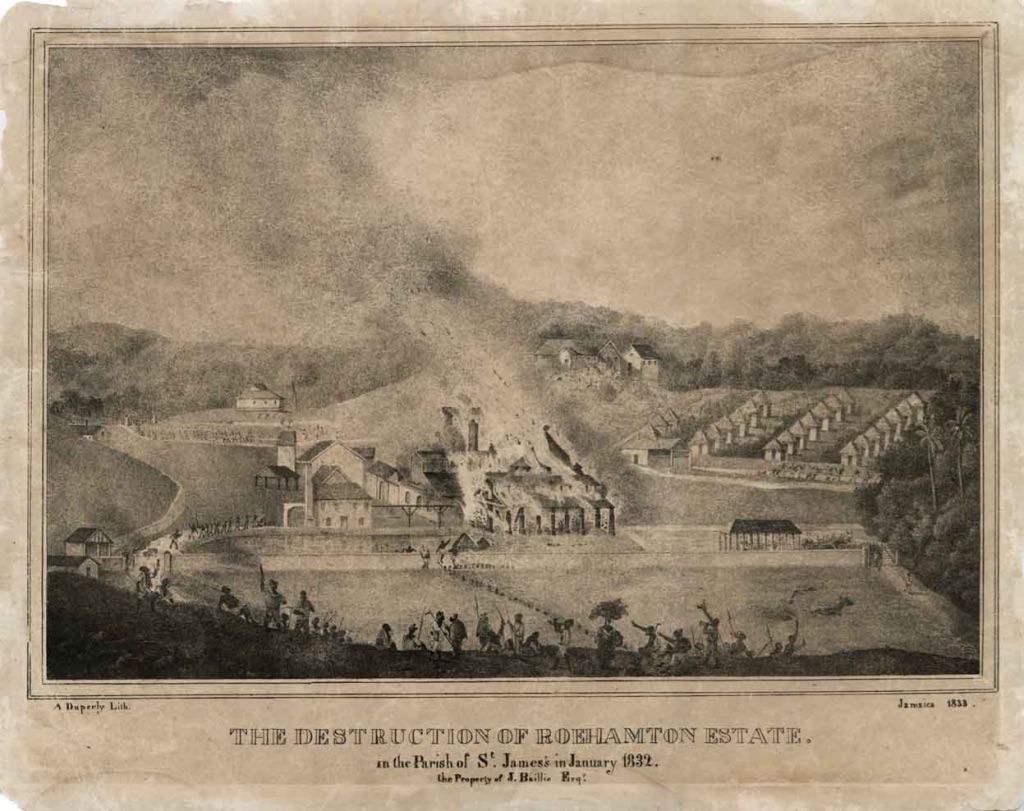SPECIAL: Sugar Exhibition


SUGAR EXHIBITION:
The Bittersweet Taste of Past and Present
Sugar was once considered a precious bartering tool by the British in the 1600s, and Jamaica produced a greater variety of types and flavors than anywhere else in the world. By virtue of this, Jamaica became one of the most valuable West Indian colonies of that time. Though the Spanish had originally brought sugar to the island, the British were the ones who made the sugarcane trade the notable industry that helped to shape Jamaica. Of course, there would be no British empire without African enslaved workers fuelling the machinery. Thus enslavement and the sugar industry became an unequitable marriage. Naturally, resistance to unjust treatment of enslaved workers resulted in revolt and eventual freedom for the enslaved and a shift from the sugar sector that built the nation of Jamaica to the Jamaica we know today ensued.





